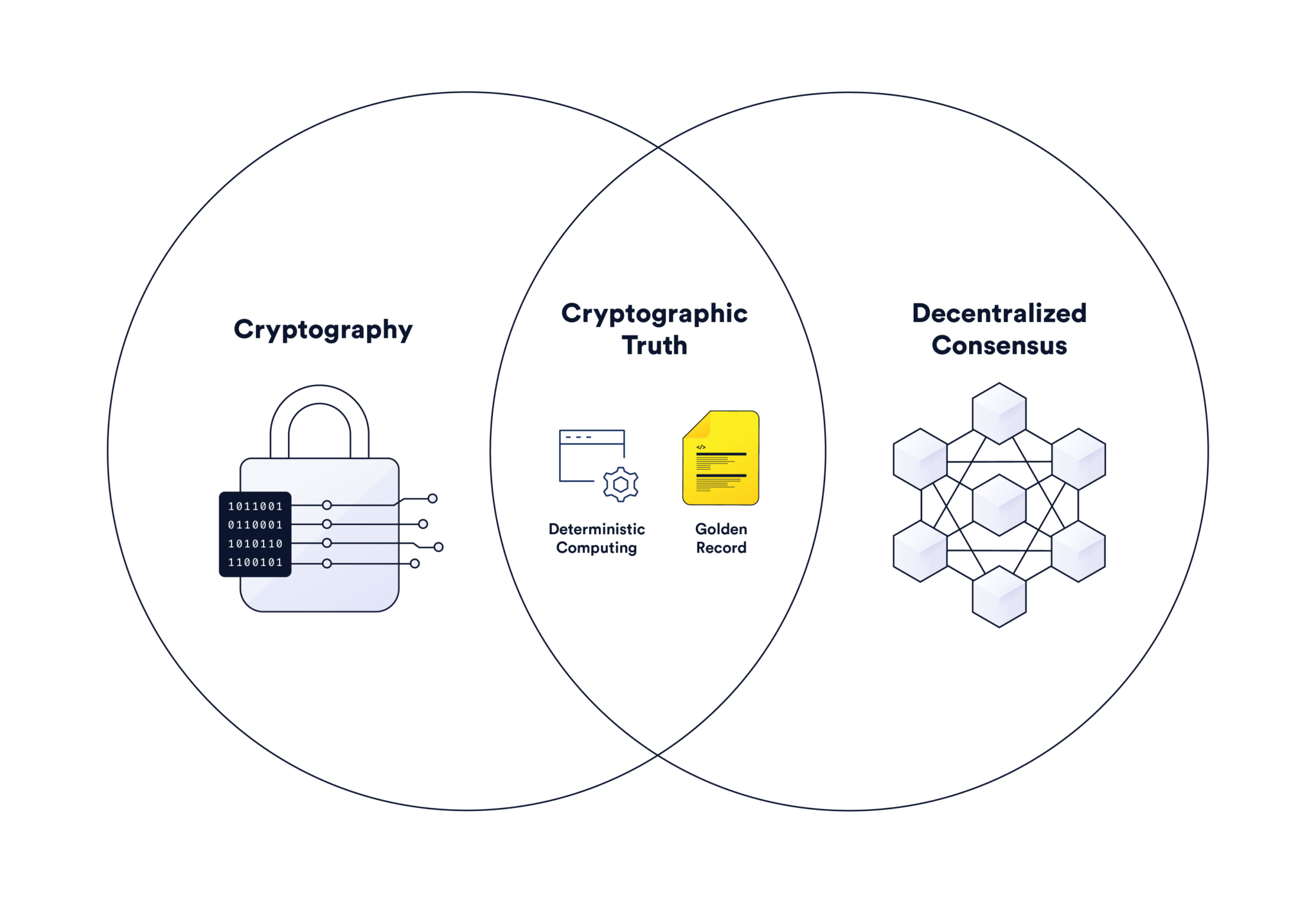In the contemporary digital milieu, where complex algorithms and virtual interactions proliferate, the importance of cryptography in safeguarding online transactions cannot be overstated. Consider cryptography as the unsung knight of the cyber realm, wielding its intricate swords of algorithms and shields of encryption to protect the treasures of sensitive data from the marauding bandits of the internet. This analysis delves into the intricacies of how cryptography revolutionizes digital transactions, serving as a formidable barrier against malevolent cyber threats.
At its core, cryptography encompasses a spectrum of techniques designed to secure communication and protect data from unauthorized access. At the heart of this field lies the concept of ‘confidentiality’, accomplished through various encryption methods. Encryption acts as a clandestine language, transforming information into an indecipherable format that only authorized parties can decode. This is akin to a secret society where only members possess the key to understanding hidden meanings. Symmetric and asymmetric encryption are two principal methodologies in this paradigm, each serving distinct purposes while ensuring the sanctity of online transactions.
The concept of symmetric encryption can be likened to a shared secret between two friends. Both parties utilize the same key to encrypt and decrypt messages. This method, while efficient, introduces vulnerabilities; if the key is compromised, the entire system succumbs to threats. Conversely, asymmetric encryption operates on a dual-key system: a public key, disseminated freely, and a private key, kept securely by the owner. This duality engenders a robust framework, where the public key encrypts messages, and only the corresponding private key can decrypt them. Imagine sending a locked box to a friend; only they possess the unique key to unlock it, ensuring that no one else can access its contents during transit.
But cryptography does not merely stop at hiding data; it also affords mechanisms for maintaining integrity, authenticity, and non-repudiation. Digital signatures serve as the modern equivalent of wax seals on ancient correspondence. When a sender affixes their digital signature to a document, it validates not only the origin of the message but also its unaltered state. Should any tampering occur, the signature becomes void, akin to a broken seal. This assures recipients of the authenticity of the sender and the integrity of the received information—a critical aspect in the world of online transactions, where trust is paramount.
Furthermore, as digital commerce burgeons, the necessity for reliable identity verification becomes increasingly pertinent. Public Key Infrastructure (PKI) emerges as a cornerstone of this identity verification tapestry. PKI facilitates secure transactions through a hierarchical structure of digital certificates, akin to a chain of trust linking various entities. When users engage in online financial transactions, PKI assures them that the parties involved are indeed who they claim to be, diminishing the susceptibility to identity theft and fraudulent activities.
An integral part of safeguarding online transactions also involves the application of hashing algorithms. Picture this as the digital equivalent of a fingerprint—distinctive and unique to each individual. Hashing transforms an input of arbitrary size into a fixed-size string, rendering it statistically improbable to reverse-engineer the original input from the hash. This method is invaluable for storing passwords or verifying data integrity. By employing hash functions, service providers can ascertain that sensitive information has not been divulged, even in the event of a data breach.
The landscape of online transactions is rife with potential threats, from phishing scams to the more sophisticated phenomena of Man-in-the-Middle (MitM) attacks. In such assaults, an adversary intercepts communications and potentially alters information without the knowledge of either party. Cryptography illustrates its prowess in mitigating such risks by employing techniques like Transport Layer Security (TLS). TLS safeguards the data exchanged between users and services through encryption, creating a secure channel akin to a fortified tunnel through which data can travel without the threat of eavesdropping. Just as there are no vulnerabilities in a impenetrable fortress, TLS fortifies the exchange, ensuring that information remains confidential.
Moreover, the very architecture of blockchain technology is intricately woven with cryptographic principles, providing an immutable ledger for transactions. Each transaction, encapsulated in a block, is cryptographically linked to the subsequent one, forming a chain that is virtually tamper-proof. This decentralized paradigm makes it exponentially challenging for nefarious actors to perpetrate fraud. The allure of blockchain extends beyond cryptocurrencies; it encompasses various applications in sectors such as healthcare, supply chain, and contract management, fundamentally altering how data is recorded and secured.
In summation, the landscape of online transactions is a complex interplay of risks and safeguards, with cryptography serving as the bedrock of security in this domain. By employing sophisticated techniques such as asymmetric encryption, digital signatures, and hashing, digital interactions can flourish in a secure environment, reminiscent of a hidden garden flourishing behind a towering wall. As cyber threats evolve, continuing advancements in cryptographic technologies are imperative to fortifying defenses. The metaphorical knight of cryptography remains vigilant, ensuring that the digital ecosystem remains a safe haven for online transactions, perpetuating trust in this boundless cyber frontier.








Leave a Comment